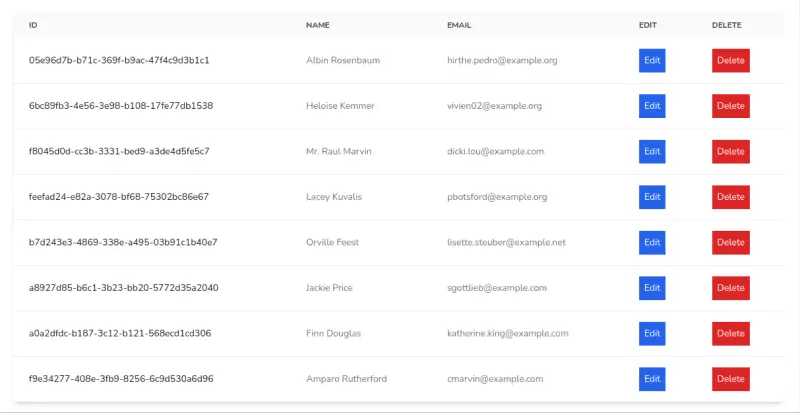Introduction:
HTTP/3 is the latest version of the Hypertext Transfer Protocol (HTTP) which is used for communication on the World Wide Web. It is a more modern and efficient protocol compared to its predecessors, HTTP/1.1 and HTTP/2. This new version is based on the experimental QUIC protocol developed by Google. It has recently been released and is expected to revolutionize the way data is transferred over the internet.
Advantages:
One of the key advantages of HTTP/3 is its ability to significantly reduce latency. This is achieved by using QUIC’s multiplexing and connection establishment techniques. This allows for faster transmission of data and improves the overall browsing experience for users. Furthermore, HTTP/3 also offers improved security through its implementation of TLS 1.3, providing better privacy and data integrity.
Disadvantages:
The main disadvantage of HTTP/3 is its relative newness, which means it may not be fully supported by all web servers and browsers. This can lead to compatibility issues for some users. Additionally, as HTTP/3 is still in the early stages, there may be potential bugs and vulnerabilities that have yet to be discovered and addressed.
Features:
HTTP/3 also introduces several new features, such as its ability to prioritize data packets, allowing for more efficient use of network resources. It also supports server push, which allows for quicker loading of web pages by pushing resources to the client before they are requested.
Conclusion:
In conclusion, HTTP/3 is a promising new protocol that has the potential to improve the performance and security of web browsing. However, its effectiveness heavily relies on wider adoption and support from web servers and browsers. As it continues to develop and gain more support, HTTP/3 will undoubtedly play a significant role in shaping the future of internet communication.




